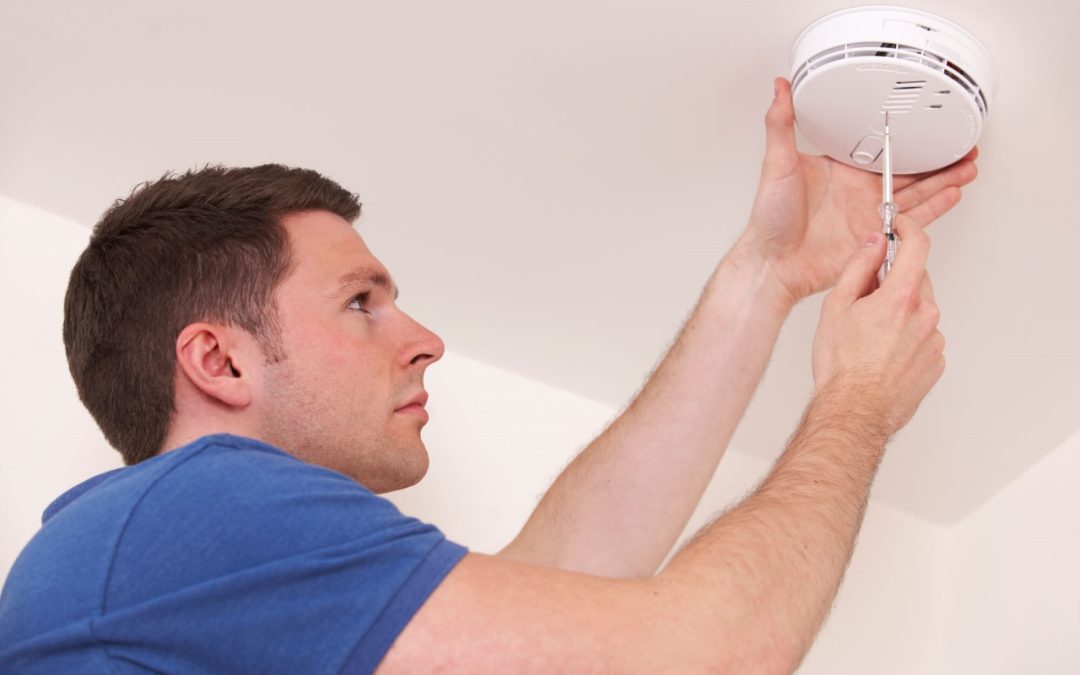A well-functioning smoke alarm is one of the best ways to protect your family and property from fire. But simply having smoke detectors in the home isn’t enough; you also need to make sure they’re correctly placed. In this blog post, we’ll provide tips on where to install these devices for maximum effectiveness. We’ll also share pointers on maintaining your smoke alarms so you can be confident they will function accurately when you need them most.
Tips for Placement in the Home
The National Fire Protection Association (NFPA) recommends placing smoke detectors in every bedroom, outside and inside each sleeping area, and on every level of your home, including the basement.
Install a smoke detector between 10 and 12 feet from cooking appliances in the kitchen to prevent false alarms when preparing dinner.
Mount smoke detectors on the ceiling or high on the walls because smoke rises. Ceiling-mounted sensors should be at least four inches from the wall to allow air circulation and prevent false alarms. Install them away from ceiling fans because the airflow can reduce their ability to detect smoke. Install the device between 4 and 12 inches from the ceiling when placing detectors on the wall.
Invest in interconnected smoke alarms to boost safety, which are hardwired together so that when one alarm sounds, they all do. With interconnected alarms, if there’s a fire in another part of the house, you’ll still hear an alert from the alarm nearest you.
Maintenance of Smoke Detectors
Use the test button each month to ensure each detector is working correctly. In addition, vacuum the devices to remove dust or debris that could interfere with their sensors. Replace the batteries at least once or twice a year if they’re not hardwired into your home’s electrical system. Finally, replace the entire unit according to the manufacturer’s recommendation (usually every ten years).
Carbon Monoxide Detectors
Carbon monoxide detectors are also an essential part of any home safety plan. This invisible, odorless gas can be produced by burning fuel, which can be deadly if inhaled in high concentrations. Carbon monoxide detectors sound an alarm when they detect elevated gas levels, giving occupants a chance to evacuate the premises and seek medical help. Install CO detectors on every level of the home, and test them monthly to ensure that they are working properly. In addition, detector batteries should be replaced every six months, and the entire unit should be replaced every five years.
These simple tips can help ensure your home is as safe as possible from fire risk. Place your alarms according to NFPA guidelines, test them regularly, and clean and replace them as needed. Your family will feel peace of mind knowing you’ll be alerted to the fire danger.
Peconic Home Inspections provides inspections to customers on Long Island. If you’re buying or selling a home, contact us to request our services.

